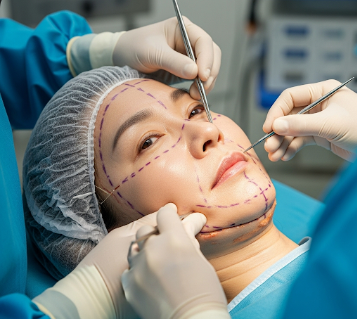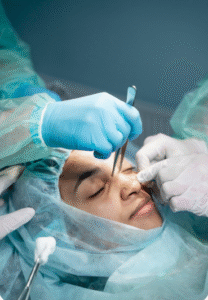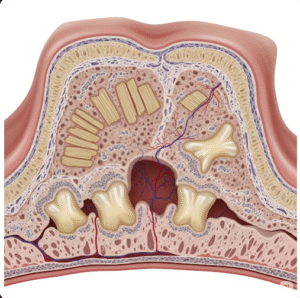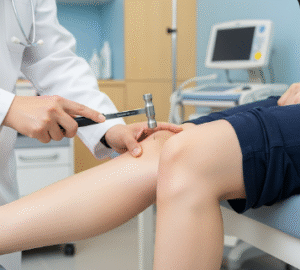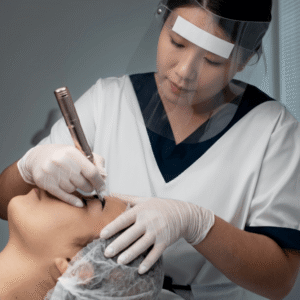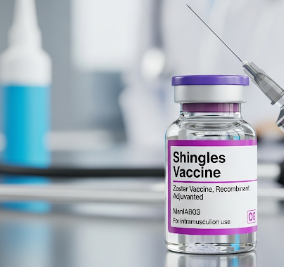Overview
A facelift, medically known as rhytidectomy, is a cosmetic surgical procedure designed to reduce visible signs of aging on the face and neck. It addresses sagging skin, deep wrinkles, jowls, and loss of facial contour, restoring a youthful and refreshed appearance.
In South Korea, facelifts are performed in advanced cosmetic and plastic surgery centers, renowned worldwide for precision, minimally invasive techniques, and natural-looking results. Korean plastic surgeons combine artistic skill with modern surgical technology, making facelifts a safe and highly effective anti-aging solution.
What is a Facelift?
A facelift is a surgical procedure that tightens and lifts facial tissues, removes excess skin, and restores facial contours.
It is typically recommended for adults who:
- Experience sagging skin in the midface, jawline, or neck
- Have deep wrinkles or folds around the mouth, cheeks, or eyes
- Seek a more youthful appearance without drastic cosmetic changes
- Desire long-lasting results compared to non-surgical treatments
Facelifts can be customized to patient needs and may be combined with eyelid surgery, brow lift, or neck lift for comprehensive facial rejuvenation.
What are the benefits?
Facelift surgery provides multiple advantages:
- Restores youthful facial contours → smooths sagging skin and jowls
- ➤ Reduces deep wrinkles and folds around cheeks and mouth
- ➤ Improves neck appearance → reduces sagging or “turkey neck”
- ➤ Long-lasting results → often maintained for 8–10 years
- ➤ Enhanced self-confidence → improved facial aesthetics and symmetry
- ➤ High success rates in Korea → natural-looking results with minimal scarring
Procedure Details
1) How should I prepare for a Facelift?
Preparation is critical for safe and optimal results:
- Medical evaluation → blood tests, ECG, and review of medical history
- Medication adjustment → discontinue blood-thinning medications and certain supplements
- Lifestyle adjustments → stop smoking and limit alcohol intake to improve healing
- Preoperative consultation → discuss surgical plan, incision technique, and desired outcomes
- Fasting and anesthesia instructions → typically no food or drink 6–8 hours before surgery
2) What happens during the procedure Facelift?
The procedure typically takes 3–5 hours, depending on complexity:
- Anesthesia → general anesthesia is commonly used
- Incisions → made along the hairline, around the ears, and sometimes under the chin
- Skin and tissue adjustment → excess skin is removed, and underlying muscles and tissues are lifted and repositioned
- Closure → incisions are sutured carefully to minimize visible scars
- Optional adjuncts → fat grafting or dermal fillers may be used to enhance volume and contour
In Korea, surgeons emphasize natural results, avoiding an overly “tight” appearance while ensuring a refreshed, youthful look.
3) What happens after a Facelift?
- Immediate recovery → monitored in recovery room for vital signs and anesthesia effects
- Pain management → prescribed analgesics for mild discomfort
- Swelling and bruising → normal for the first 1–2 weeks; ice packs may help
- Activity restriction → avoid strenuous activity, heavy lifting, and facial strain for 4–6 weeks
- Follow-up → incision checks, suture removal, and assessment of healing progress
Patients typically notice significant improvement within 2–3 weeks, with final results visible after 3–6 months as swelling subsides.
Risks / Benefits
Potential Risks:
- Mild to moderate swelling, bruising, and numbness
- Infection or bleeding (rare)
- Scarring → usually minimal and hidden within hairline or natural creases
- Rare complications → asymmetry, hair loss near incision, or anesthesia-related issues
Key Benefits:
- Significant reduction of facial sagging and wrinkles
- ➤ Natural, long-lasting rejuvenation
- ➤ Improved self-confidence and facial harmony
- ➤ Customizable procedures for individual needs
- ➤ High-quality results in South Korea with expert surgeons
Recovery and Outlook
- Short-term recovery → swelling and bruising peak in the first 48–72 hours, gradually resolving over 2–3 weeks
- Functional improvement → tighter, smoother skin with improved jawline and neck contour
- Long-term outlook → results are durable, often lasting 8–10 years depending on lifestyle and skin quality
- In Korea, patients benefit from advanced surgical techniques, meticulous follow-up, and aesthetic expertise
When To Call the Doctor
Contact your plastic surgeon if you experience:
- Severe or worsening pain beyond expected discomfort
- ➤ Excessive swelling, redness, or signs of infection
- ➤ Bleeding or fluid accumulation at incision sites
- ➤ Numbness or abnormal facial movement
- ➤ Any unexpected changes in appearance or healing
Early evaluation ensures safe recovery and optimal aesthetic results.
Best Korea Option / Process
South Korea is renowned for facelift procedures:
- Expert plastic surgeons → skilled in natural-looking facial rejuvenation
- State-of-the-art facilities → advanced anesthesia, surgical techniques, and post-op care
- Comprehensive care packages → preoperative planning, surgery, and recovery follow-up
- Minimally invasive techniques → short hospital stay, reduced downtime, and faster recovery
- International patient support → multilingual staff, appointment scheduling, and personalized care
Patients choosing Korea for facelift surgery can expect safe, highly effective, and natural results, making it a top destination for aesthetic facial surgery in Asia.

